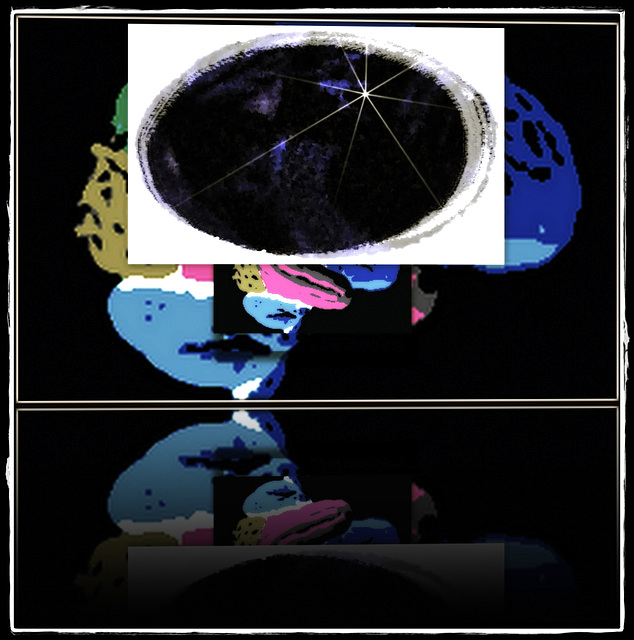Weather report
Red Breasted Grosbeak
Toadstools
Tree in its essential form
Identifying the Political Spectrum
Sunrise
Survival
Cloudy
Artist
Musician
Petunia
Lilly
There comes a moment
Manchester
Shaving
Abandoned
What goes with it A or B
Samskrata ~ Sanskrit ~ संस्कृतम्
Carbon
Cost benefit Analysis
I found a weed
Nefyn
Science of laughter
Tweety
Neuroscience and consciousness
Queue
Downtown
Water - conspicious consumption
Sunset
Counterfactual thinking
Walking in Sunshine
Dark Hours
Misgivings
Peace of Wild Things
Childhood
Ἱπποκράτης / Hippokrátēs
When confronted with competing path
On a snowy day
Poems
Vicillation
Keywords
Authorizations, license
-
Visible by: Everyone -
All rights reserved
-
143 visits
- Keyboard shortcuts:
Jump to top
RSS feed- Latest comments - Subscribe to the comment feeds of this photo
- ipernity © 2007-2024
- Help & Contact
|
Club news
|
About ipernity
|
History |
ipernity Club & Prices |
Guide of good conduct
Donate | Group guidelines | Privacy policy | Terms of use | Statutes | In memoria -
Facebook
Twitter



But that idea, perfectly good as its own way, becomes a source of mystery and confusion when it is used as a metaphysical principle, rather than a fact of recent natural history. Aristotle called God the Unmoved mover, the source of all motion in the universe, and Locke’s version of Aristotelian doctrine, as we have seen, identifies this God as Mind, turning the Unmoved mover into the Unmeant Meaner, the source of all Intentionality. Locke took himself to be proving deductively what the tradition already took to be obvious: original intentionality sprints from the Mind of God; we are God’s creatures, and derive our intentionality from him.
Darwin turned this doctrine upside down: intentionality doesn’t come from on high; it percolates up from below, from the initially mindless and pointless algorithmic process that gradually acquire meaning and intelligence as they develop. And, perfectly following the pattern of all Darwinian thinking, we see that the first meaning is not full-fledged meaning; it certainly fails to manifest all the “essential” properties of real meaning (whatever you may take those properties to be.). it is mere quasi-meaning, or semi-semantics. It is what John Searle has disparaged as mere “as if intentionality” as opposed to what he calls “Original Intentionality.” But you have to start somewhere, and the fact that the first step in the right direction is just barely discernible as a step towards meaning at ll is just what we should expect.
There are two paths to intentionality. The Darwinian path is diachronic, or historical, and concerns the gradual accretion, over billions of years, of the sorts of Design – of functionality and purposiveness – that can support an intentional interpretation of the activities or organisms. Before intentionality can be full fledged, it must go through its awkward, ugly period of featherless pseudo-intentionality. The synchronic path is the path of Artificial intelligence: in an organism with genuine intentionality – such as yourself – there are, right now, many parts, and some of these parts exhibit a sort of semi-intentionality, or mere as if intentionality, or pseudo-intentionality – call it what you like – and your own genuine, fully fledged intentionality is in fact the product of the activities of all the semi-minded and mindless bits that make you up. That is what a mind is – not a miracle-machine, but a huge, semi-designated, self-designing amalgam of smaller machines, each with its own design history, each playing its own role in the “economy of the soul” ~ Pages 205/206
Sign-in to write a comment.